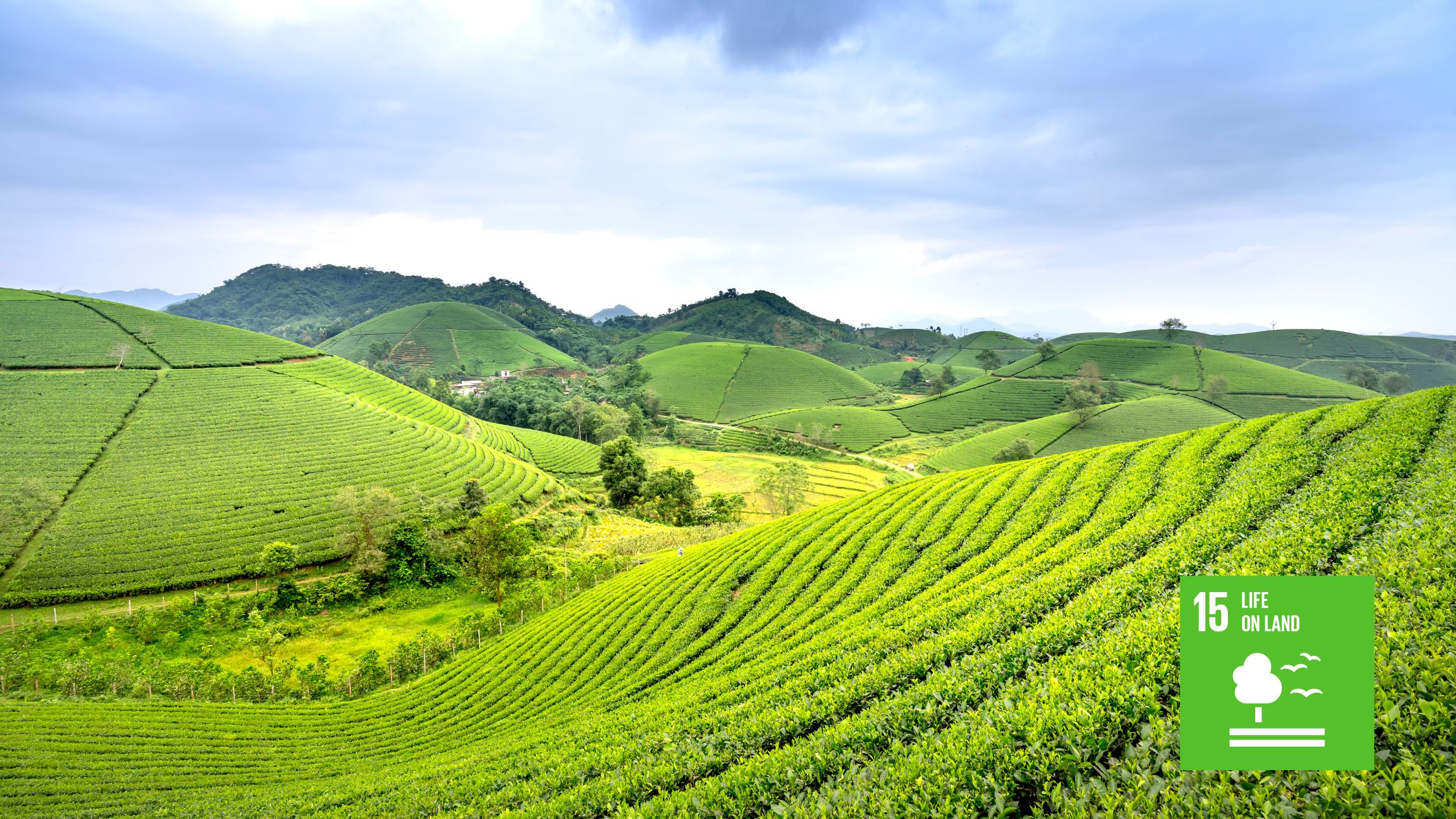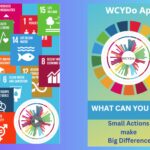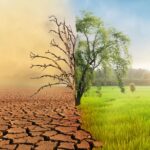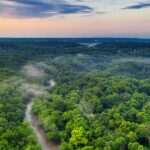Dear Mankind and most favoured of my children
You will recall my earliest blogs ( Mother Earth blogs ) welcomed the Global initiative to develop the Sustainable Development Goals ( SDGs) to help create a safer and fairer world and I was happy that mankind had at last understood the need to live more sustainably and harmoniously with other living things on this, our only home. Some good progress was starting to be being made in some areas but sadly most of this encouraging activity was brought to an abrupt halt or in some cases, even reversed by the COVID 19 Pandemic.
This blog on SDG 15 – Life on Land is the next in a series of updates to review the effects of the COVID 19 Pandemic on the aspirations and targets of each of the original 17 SDGS and to look ahead to the prospects in each sector.
Forests are the repositories of most of the worlds biodiversity, covering 1.4 billion hectares of land and help to regulate the water cycle, mitigate climate change and are a direct source of food , income, shelter and energy for over 1.6 billion people. Sustainable forestry aims to maintain and enhance the economic, social ,environmental value of all types of forests for current and future generations. Unfortunately, efforts to safeguard key biodiversity areas stalled over the last five years and the Global percentage of each key biodiversity area covered by ”protected areas” in 2021 was only Terrestrial (43%), Freshwater (42%) and Mountains (41%) and on average more than half of each key KBA remains outside of projected area status. More than ¼ of species assessed as being at high risk are threatened with extinction and this includes Amphibians ( 41%), Conifers (34%) Reef building corals (33%), Mammals (26%) and Birds (14%).
Ending environmental decline and restoring our Planet is fundamental to sustainable development. However, forests are still being cut down and biological diversity is declining. Ecosystems are being degraded at alarming rates with a profound consequences for human survival and well-being and land degradation now affects 1/5 of the earth’s surface land Wildlife trafficking risks human health through diseases transmitted from animals to humans.
Efforts are being made to expand sustainable forest management and to protect sites of critical biodiversity . Conservation actions and since 1993 have prevented the extinction of 21 to 32 species of birds and between 7 to 16 species of mammals. However, biodiversity still continues to decline faster than at any other time in human history and the red list ( listing at risk species) shows an overall 10% decline since 1993. Despite efforts toward sustainable forest management, the world lost another 100 million ha of forest in just 2020 – with the rate of loss being greatest in the developing countries.
Mother Earth
Sources : extracted from The Sustainable Development Goals Reports 2019 -2021 , United Nations, New York







